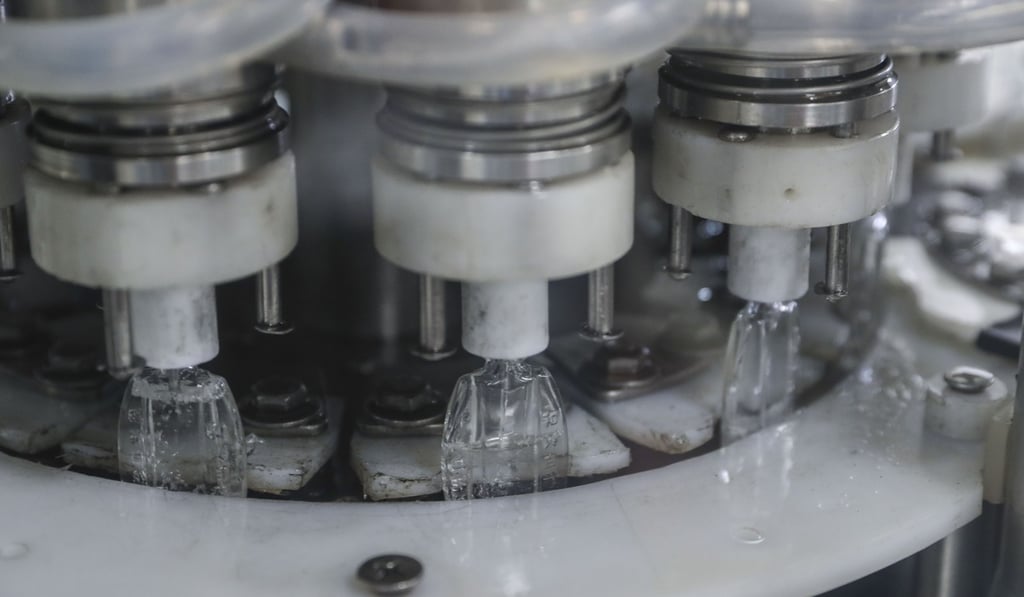How White Flower oil eased a million aches and pains, and remained a family concern
The pungent cure-all oil blend is an Asian institution, offering relief from everything from headaches to travel sickness. We look at its history, from humble beginnings in 1920s Penang to today’s modern Hong Kong factory

All the White Flower oil in the world springs from the same source. An average-looking unit in a nondescript factory building pumps out 60,000 bottles a day of the medicinal oil that, for the best part of a century, has been the first recourse for many people in Asia suffering from an array of ailments – dizziness, headaches, colds, itching, muscular pain and travel sickness.
Average-looking it might be, but the White Flower oil factory in Chai Wan, at the eastern end of Hong Kong Island, is far from average smelling. From the street, there’s no clear indication – either visual or olfactory – as to what is made inside, but exit the second-floor lift and the factory’s bracing scent, with unmistakable notes of menthol, eucalyptus and wintergreen, clears the sinuses and makes the eyes water.

“White flower” is something of a misnomer. It doesn’t refer to the principal ingredient, but the white narcissus, aka the daffodil, which was the favourite flower of Gan Geok Eng, who started selling the oil in Penang in 1927, before incorporating the company in Singapore in 1935 and moving to Hong Kong in 1951.

I use it almost every day. If I don’t have it with me when I travel, I don’t feel safe. I take it with me in case I can’t find it overseas. I have to have it in my pocket
His son, Stephen Gan Fock-wai, who started working at the company in 1986, is an executive director and the public face of the company; the founder’s oldest grandson, Sean Gan Wee, is chairman and CEO; Sean Gan’s son, Gavin Gan Cheng-hooi, is an executive director; and Stephen Gan’s sister, Anita Gan Fook-yin, is a non-executive director.
